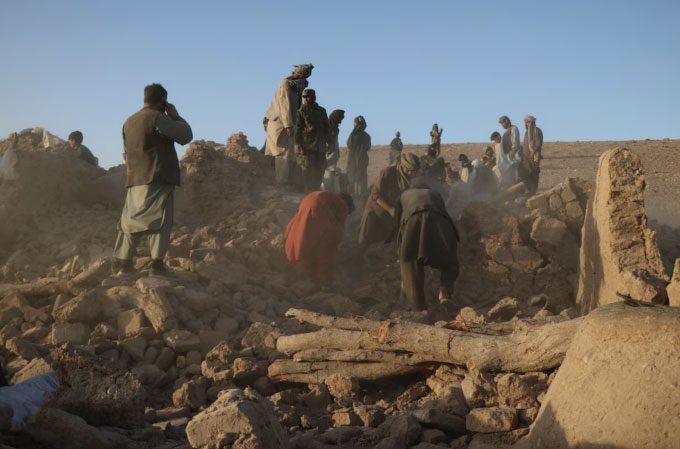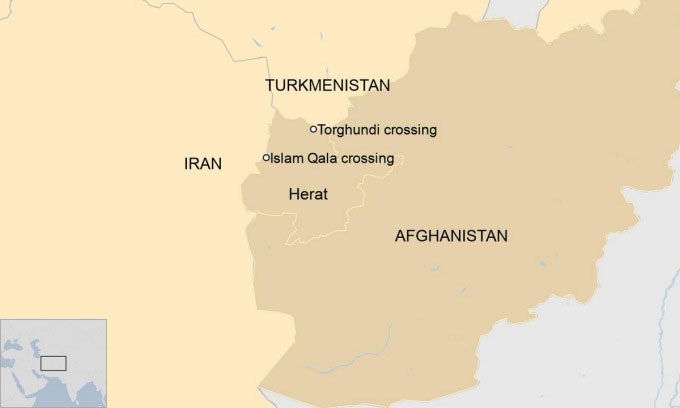At least 2,000 people have died in a magnitude 6.3 earthquake in western Afghanistan, with casualties expected to rise as hundreds of victims remain buried under rubble.
The earthquake struck west of Afghanistan, about 40 km from the city of Herat, on October 7, causing hundreds of houses to collapse and wiping out several villages.
The United Nations Office for the Coordination of Humanitarian Affairs (OCHA) initially estimated that more than 100 people had died, but the Afghan Ministry of Disaster Management later reported that the death toll has risen to at least 2,000, with over 9,200 injured.
Local officials have indicated that the city of Herat has experienced multiple strong aftershocks. They are concerned that the death toll may continue to increase in the coming days, as hundreds of people could be trapped under debris.

Afghan residents search through rubble for survivors on the outskirts of Herat following the earthquake on October 7. (Photo: AFP).
The areas most severely affected are located in the west of Herat, the capital of the province of the same name. The majority of the fatalities are concentrated in eight villages approximately 40 km from the city center.
The United Nations estimates that around 4,200 people have been affected by the earthquake, with about 1,400 individuals left homeless.

Location of Herat province in western Afghanistan, bordering Iran and Turkmenistan. (Graphic: BBC).
Some Afghan officials fear that the scale of damage and casualties could reach levels similar to the 2022 earthquake in eastern Afghanistan, which resulted in over 1,000 deaths and 1,600 injuries. Herat is one of the most populous cities in Afghanistan.
Janan Saiq, spokesperson for the Afghan Ministry of Disaster Management, stated that several villages have been “completely destroyed,” including one village with a population of about 3,000 people.


















































